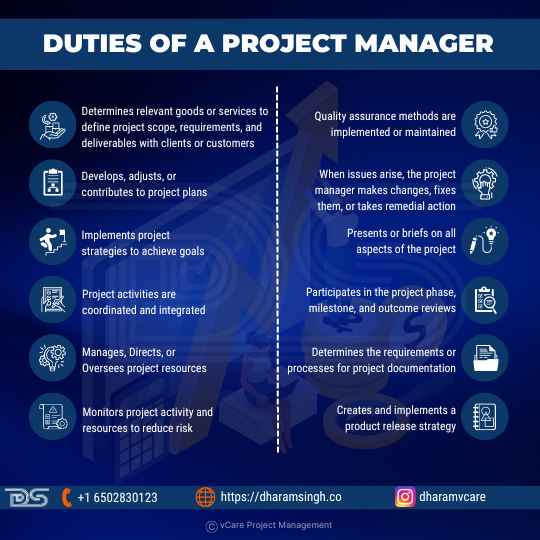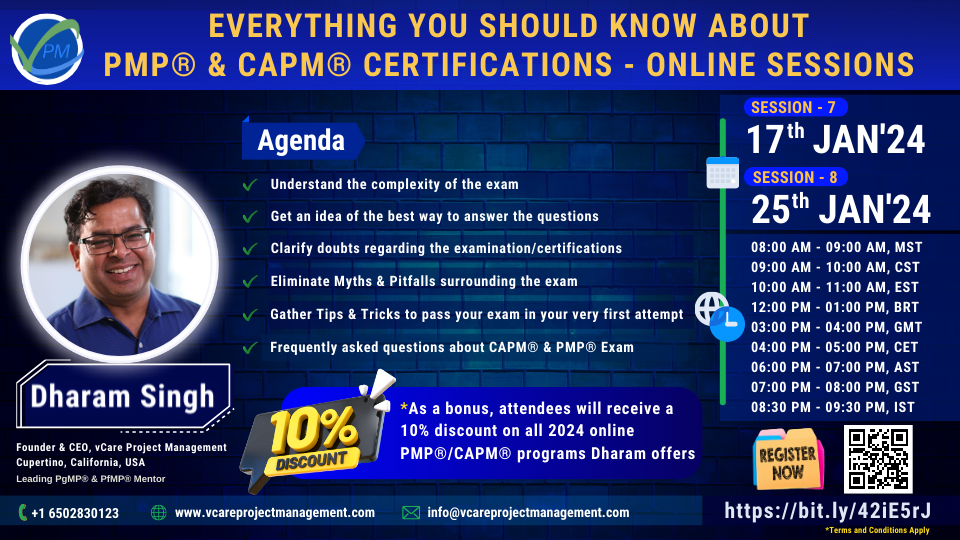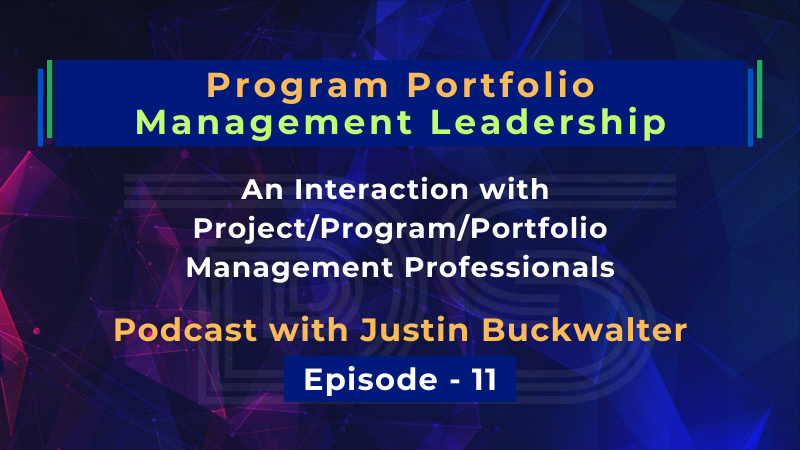
by DharamCW | Jan 30, 2024 | Program Management
Navigating the PgMP Exam: Pitfalls to Avoid
As you embark on the journey to achieving your PgMP® certification, steering clear of common preparation pitfalls is crucial. Let me try to guide you through the maze of exam prep with insights to help you avoid common mistakes.

Common mistakes during PgMP exam preparation
📚 Understanding the Exam: Don’t underestimate the intricacies of the PgMP®. A deep dive into the exam’s structure is essential for a targeted study plan.

Not understanding exam complexity
📖 Essential Reading: Bypassing the PMBOK® Guide 7th Edition, ECO, and PMI Ethics can leave gaps in your knowledge. Ensure these cornerstones are part of your study routine.

Not reading PMBOK Guide 7th Edition, ECO, and PMI Ethics
🎯 Not taking professional assistance: Avoiding expert advice may hinder effective exam preparation strategies and techniques. Consider taking professional assistance to develop effective preparation strategies and techniques.

Not taking professional assistance
🧠 Beyond Memorization: While memorization has its place, grasping concepts truly empowers you. Engage with the material to internalize the principles.

Dependency on memorization techniques
📚 Selective Reading: Resist the temptation to read every book on the shelf. Focus on key resources to build a strong, concentrated foundation of knowledge.

Reading too many books
⏱️ Time Management: The exam clock is ticking. Develop a strategy to navigate through questions, balancing speed with accuracy efficiently.

Poor time management during exam
Avoiding these common missteps can be the difference between merely taking the exam and passing it with flying colors.
Follow me on,
Linkedin – https://bit.ly/3jJ0zeS
Facebook – https://bit.ly/3jQRTmV
Pinterest – http://bit.ly/40H4Fdu
Twitter – http://bit.ly/3zB4Qv0

Follow Me
🚀 Elevate Your Project Management Career:
– Register for my upcoming PgMP/PfMP Success Story Webinar: https://bit.ly/3vL2Q4J
– Book an obligation-free consultation session on Project management Career, training, and certifications: http://bit.ly/2SbhTOK
– Discover training offers and certification discounts: https://bit.ly/3jWVepD
– Stay updated with our Q&A series and certification success stories by subscribing to the vCare Project Management YouTube channel at https://bit.ly/2YF0wJl
– Follow my podcasts and interviews with Project Management Experts on YouTube at https://bit.ly/2NDY8wd

by DharamCW | Jan 28, 2024 | Project Management
Harnessing the Power of the Project Economy | Join Thomas Walenta & Dharam Singh in Episode 60
In the rapidly changing landscape of the project economy, project managers stand at the forefront of innovation and transformation. I’m thrilled to join forces with Thomas Walenta to bring you an episode brimming with insights on thriving in this dynamic environment.
We tackle the essentials:
– The driving forces shaping the project economy.
– Reshaping workforce models for the future.
– Addressing the ‘glass ceiling’ in project management.
– Tactics for leading through economic uncertainties.
– The crucial role of ethics in the tech-driven business world.
– Navigating threats and leveraging opportunities in the project economy.
– Essential skills and competencies for today’s project managers.
– Leadership strategies that make a difference.
– Adapting and succeeding amidst digital transformation.
Every project manager has the potential to become an architect of change. Equip yourself with the knowledge to lead with confidence and agility.
🎯 For Project Management professionals eager to elevate their careers, seize this chance:
– Register for my upcoming PgMP/PfMP Success Story Webinar: https://bit.ly/3vL2Q4J
– Book an obligation-free 15-minute session with me: http://bit.ly/2SbhTOK
– Stay updated with our Q&A series and certification success stories by subscribing to the vCare Project Management YouTube channel at https://bit.ly/2YF0wJl
– Follow my podcasts and interviews with Project Management Experts on YouTube at https://bit.ly/2NDY8wd
– Avail Exclusive offers on our website: https://bit.ly/3jWVepD

by DharamCW | Jan 23, 2024 | Project Management
Exploring the Multifaceted Role of a Project Manager
As we navigate the complexities of project management, understanding the core responsibilities of a Project Manager is key to success. I’m breaking down some critical duties that set exceptional Project Managers apart.
A Project Manager is the compass that guides a project’s journey, ensuring that every aspect aligns with the strategic vision:
🔍 Defining scope and deliverables in partnership with clients
📝 Tailoring project plans to dynamic business needs
🎯 Steering project strategies towards goal achievement
🤝 Fostering collaboration for seamless integration of activities
🛠 Managing resources and mitigating risks with precision
🔖 Upholding quality and adapting swiftly to project shifts
🗣 Communicating milestones and driving project reviews
📚 Establishing robust documentation processes
🚀 Orchestrating a strategic product release

Duties of a Project Manager
These roles are not just tasks but the stepping stones to operational excellence and project triumph.
Let’s master the art of project management together!
Elevate Your Project Management Career:
– Book an obligation-free consultation session on Project Management career, training, and certifications: http://bit.ly/2SbhTOK
– Stay updated: Subscribe to our YouTube Channels for more insights: https://bit.ly/2YF0wJl and expert interviews: https://bit.ly/2NDY8wd
– Discover training offers and certification discounts: https://bit.ly/3jWVepD

by DharamCW | Jan 22, 2024 | Professional Development Webinars
Empower Your Project Management Journey with PMP & CAPM Insights
I am to announce our upcoming online sessions designed to unravel the complexities of PMP® & CAPM® certifications! Join me as we delve into the key strategies and knowledge you need to excel in these certifications.
📆 Dates to mark:
– Session 7: January 17, 2024
– Session 8: January 25, 2024
🔑 We’ll cover everything from:
– Demystifying the exam format and best answering tactics
– Clarifying all your certification questions
– Debunking myths to steer clear of common pitfalls
– Insider tips to help you pass on your very first try
– Addressing all your queries about CAPM® & PMP® Exams

Everything You Should Know About PMP & CAPM Certifications
As a special incentive, attendees will enjoy a 10% discount on all our 2024 online PMP®/CAPM® programs!
Ready to take your project management skills to the next level? Click the link to register now and join a community passionate about growth and excellence in project management.
🔗 Register here: https://bit.ly/42iE5rJ
Let’s set the stage for your success together!

by DharamCW | Jan 21, 2024 | Program Management
Program Portfolio Management Leadership | Justin Buckwalter | Dharam Singh | Episode 11
Dive into the nuances of leadership with Justin Buckwalter, PfMP, PgMP, PMP, PMI-ACP, PMI-RMP and myself in the latest episode of our webinar series. We’re unraveling the facets of effective Program Portfolio Management Leadership, a skill set that’s becoming increasingly vital in the contemporary business landscape.
This episode is packed with insights on:
1. The diverse leadership styles that shape impactful leaders.
2. Emotional intelligence as a cornerstone for modern leadership.
3. Strategies for guiding teams through crises and organizational turbulence.
4. The dance between nurturing leadership and handling workplace politics.
5. Crafting meetings that matter with focused agendas and clear objectives.
Join us to understand why leadership in project management is more about EQ than IQ and how to foster strong team relations amidst complex challenges. Get ready to elevate your leadership approach for today’s dynamic world.
🎯 For Project Management professionals eager to elevate their careers, seize this chance:
– FREE webinar series on CAPM & PMP certifications: https://bit.ly/42iE5rJ
– Book an obligation-free 15-minute session with me: http://bit.ly/2SbhTOK
– Stay updated with our Q&A series and certification success stories by subscribing to the vCare Project Management YouTube channel at https://bit.ly/2YF0wJl
– Follow my podcasts and interviews with Project Management Experts on YouTube at https://bit.ly/2NDY8wd
– Avail Exclusive offers on our website: https://bit.ly/3jWVepD


















Recent Comments